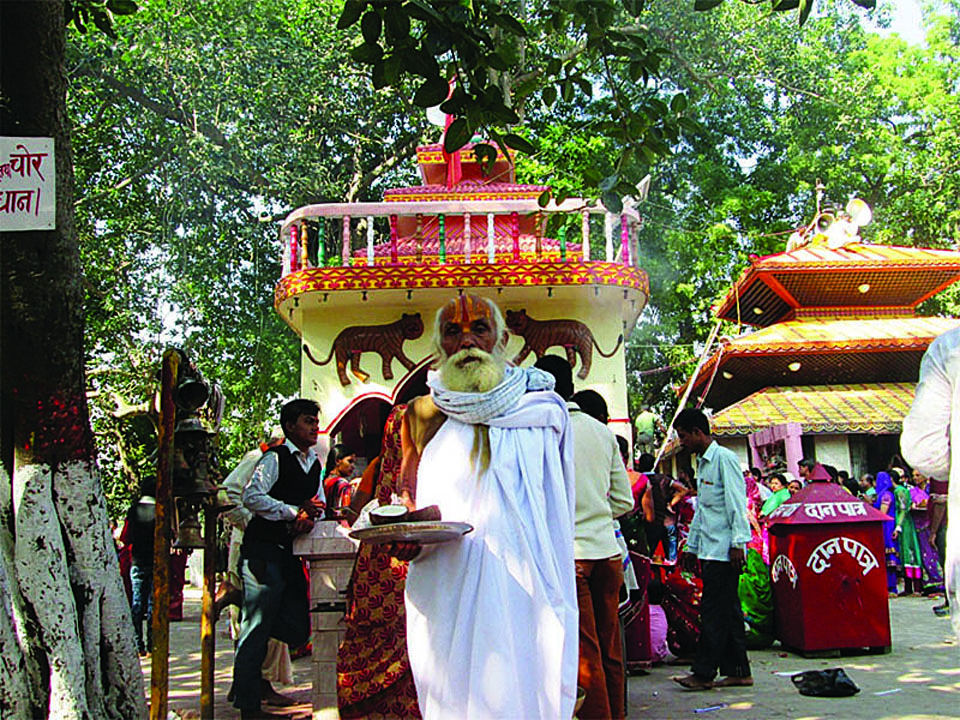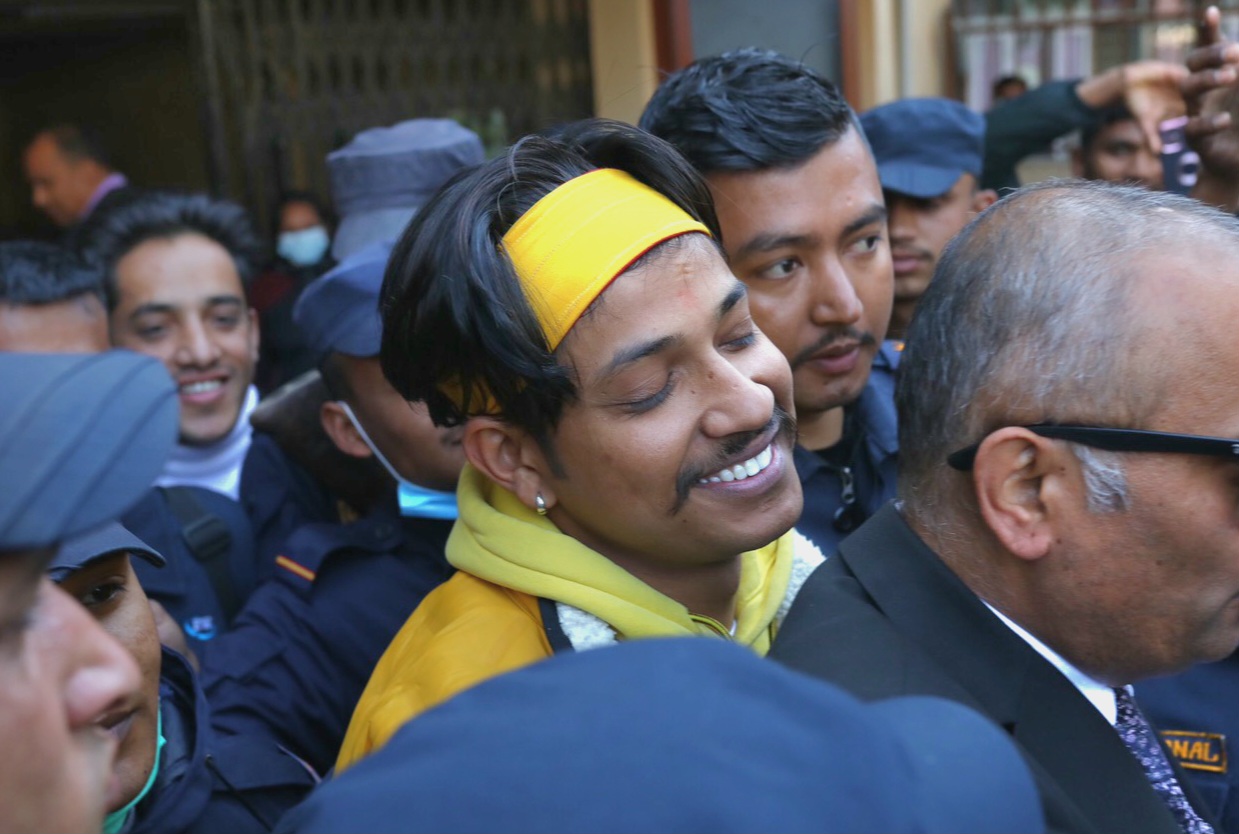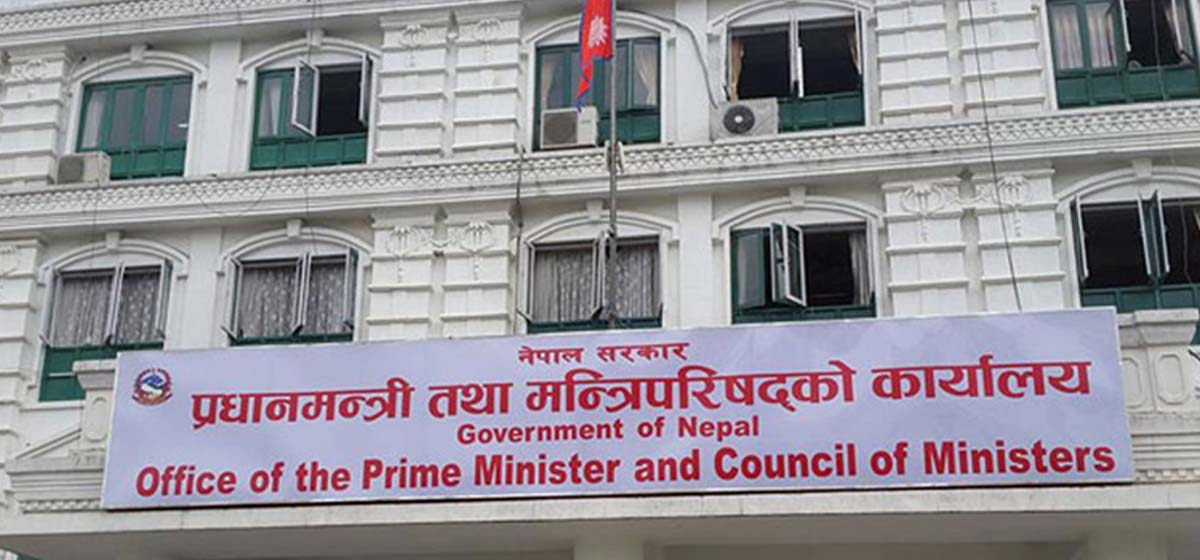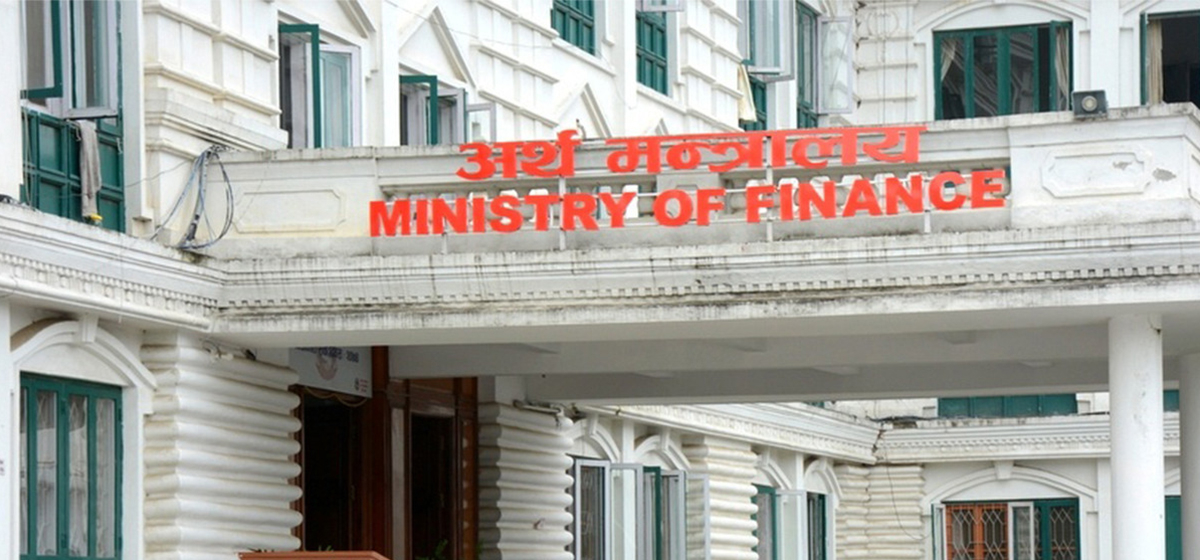
OR
Gadhimai fair expected to attract over six million visitors
Published On: October 15, 2019 11:32 AM NPT By: Upendra Yadav

BARA, Oct 15: Authorities expect around six million visitors to attend this year’s Gadhimai fair in November. Last time, in 2014, over four million participated in the religious fair.
“We have expected a remarkable rise in the number of visitors this time. We expect considerable increase in the number of visitors from India. Even last time, over half of the festival attendees were Indians,” said Mayor of Mahagadhimai Municipality, Upendra Prasad Yadav.
As per the record of the temple authority, around 40 percent of visitors during Gadhimai Mela 2014 were Indians.
As the Visit Nepal 2020 is around the corner, local and provincial bodies across the country are busy promoting it. According to Mayor Yadav, Gadhimai fair will be quite helpful in drawing tourists for VNY 2020.
“The Gadhimai fair is also a part of our plan to promote religious tourism. Faithful of the Goddess and enthusiasts are expected to be part of the fair. We have pinned a lot of hope on this event for promoting VNY 2020,” he said.
“But we believe we will be able to influence the participants to be part of the VNY 2020. We are working hard to make VNY 2020 as much appealing as possible and working on advertising the campaign during the fair,” he added.
The people of Bara, Parsa and other districts in the Madhesh and those from the city of Bihar of India throng to the temple during the occasion. Even other times, the famous temple, located at Bariyanipur of Bara district, which is about 160 kilometers south from the Kathmandu valley, is thronged by devotees. The temple is considered as a ‘wish fulfilling temple’ by devotees.
In 2014 the fair came under wide controversy due to the practice of animal sacrifice. In 2014, despite protests from animal rights activists, devotees made animal sacrifices at the temple. Later in 2015, activist moved the court and it was announced that the age old traditions of sacrificing animal at the temple should be discontinued.
Although the court discouraged slaughtering of animal in the name of Goddess, some locals believe that the tradition cannot be ended abruptly.
Talking to Republica a businessperson based in Birgunj stated that he had vowed to offer a buffalo to Gadhimai if the Goddess fulfilled his wish. Later when the wish came true, he kept his promise too, by sacrificing a buffalo to the goddess. Requesting anonymity he said that law cannot change people’s faith.
“Although they say that animal sacrifice is not good or should not be done, not everyone is going to listen to that. Not just locals, people come from many other parts and even from India to offer what they promise to the Gadhimai. We have to do that,” he said.
He added that even the Indian police at the border secretly help devotees carry goats or buffaloes to the temple. “When you have faith, you cannot simply follow what others say. Let me tell you, the Indian police at the border, they themselves help devotees who come with pure heart to sacrifice animal at the temple,” he added.
The issue of animal slaughter remained in the limelight in the national and international media during 2014 and 2015. While some backed the tradition, others slammed it as a brutal form of superstition.
Locals expect that this is going to be a little different this time. Although animal massacre may not be completely stopped, they assume that it will be in lesser scale.
According to Mayor Yadav, there are other aspects of the festival that make the religious fair appealing to devotees. People’s faith in the temple is very deep seated, he said.
“When people are distressed, have some serious problem in life, or have desire something, they come to the temple. They pray for a solution to their problems. Generations after generations have come to this temple for finding a solution to their problems through the grace of the goddesses,” he narrated.
Not only India, but the temple receives devotees from other countries also. While most Indians come to worship the Goddess, the grandeur of the ceremony attracts others. The month-long festival is also an attractive event for socio-cultural researchers from around the globe.
You May Like This

Seven houses destroyed in fire, property worth Rs 5.4 million gutted
KATHMANDU, April 23: Seven houses in Birgunj Metropolis-17 were gutted in fire this morning. ... Read More...

Police pistol missing after drug operation in Bara, investigation underway
KATHMANDU, April 23: The pistol carried by Senior Sub-Inspector Purna BC of Bara police has gone missing. DSP Dadhiram Neupane,... Read More...

Truck carrying chemical used in drugs catches fire
DHADING, April 23: A truck carrying chemicals used in drugs has caught fire. ... Read More...







Just In
- Seven houses destroyed in fire, property worth Rs 5.4 million gutted
- Police pistol missing after drug operation in Bara, investigation underway
- Truck carrying chemical used in drugs catches fire
- Nepali journalists Sedhai and Kharel awarded second prize at Fetisov Journalism Awards for their exposé on worker exploitation in Qatar World Cup
- Devotees gather at Balaju Park for traditional ritual shower at Baisdhara (Photo Feature)
- PPMO blacklists 33 construction companies
- UK Parliament approves Rwanda deportation bill, ending weeks of legislative stalemate
- SC refuses to issue interim order in petition against Sudurpaschim province govt











Leave A Comment